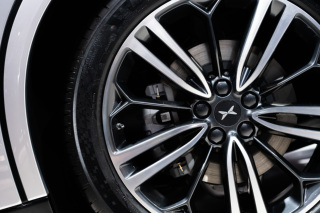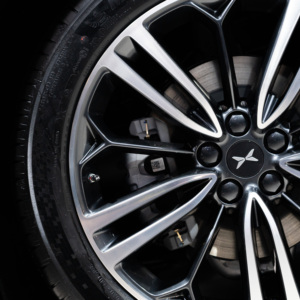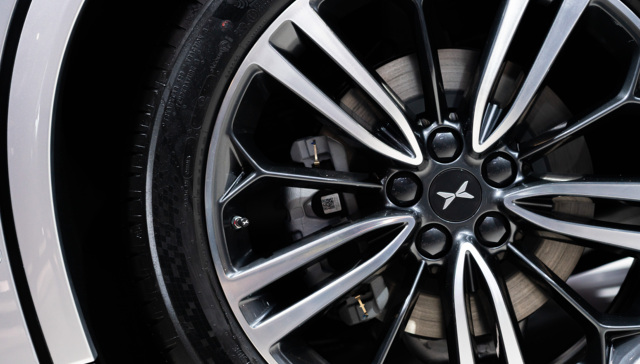By ZHOU Shuqi
Chinese EV maker XPeng showed off some fancy gizmos at an open day on Tuesday, including flying cars and bipedal robots. But all the frills cannot hide the company’s main strength - success as an EV maker - and in particular its leading position in the smart-driving stakes.
XPeng’s smart driving system will have nationwide coverage of major road networks by 2024. XPeng has reduced its dependence on high-definition maps, a major obstacle to the widespread adoption of smart driving in urban areas.
XPeng’s lightweight mapping solution can accelerate smart driving costs only one-tenth of high-definition mapping solutions.
XPeng also plans to reduce its reliance on lidar technology and remove two forward-facing radar sensors from its upcoming MPV X9, reducing overall costs without compromising driving assistance.

All these plans rely on XPeng’s algorithms and a new kind of smart driving architecture, the first to employ a large model with spatio-temporal capabilities.
The open day featured many futuristic tech products, including a flying car, which raised concerns about his diversification from the automotive sector. XPeng aims to apply some of its intelligent automotive technology to robotic applications, exploring uses in factory production and sales services.
Tesla has also invested significantly in humanoid robots, with its Optimus humanoid robot’s neural network training bearing similarities to the research on autonomous driving training models.





